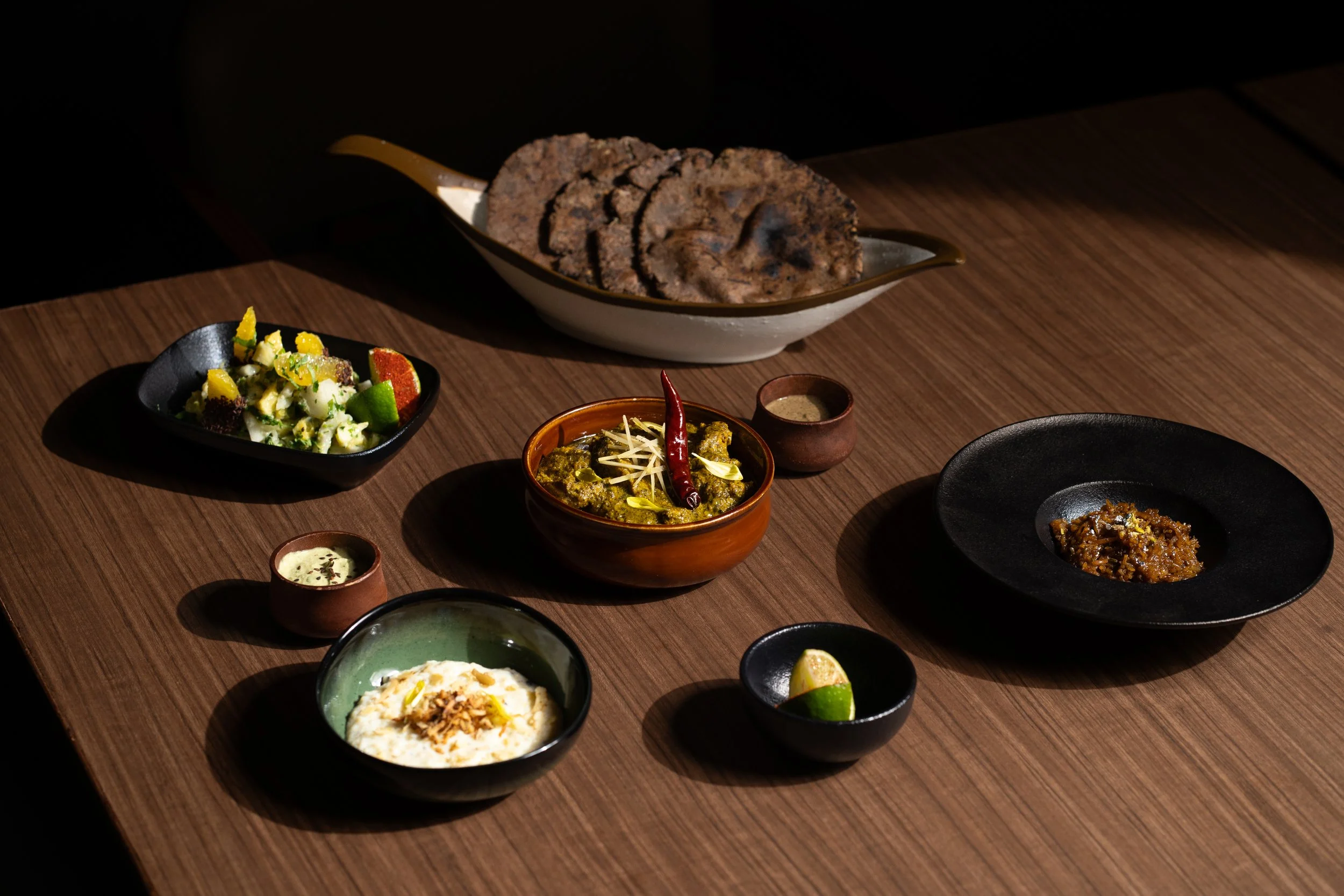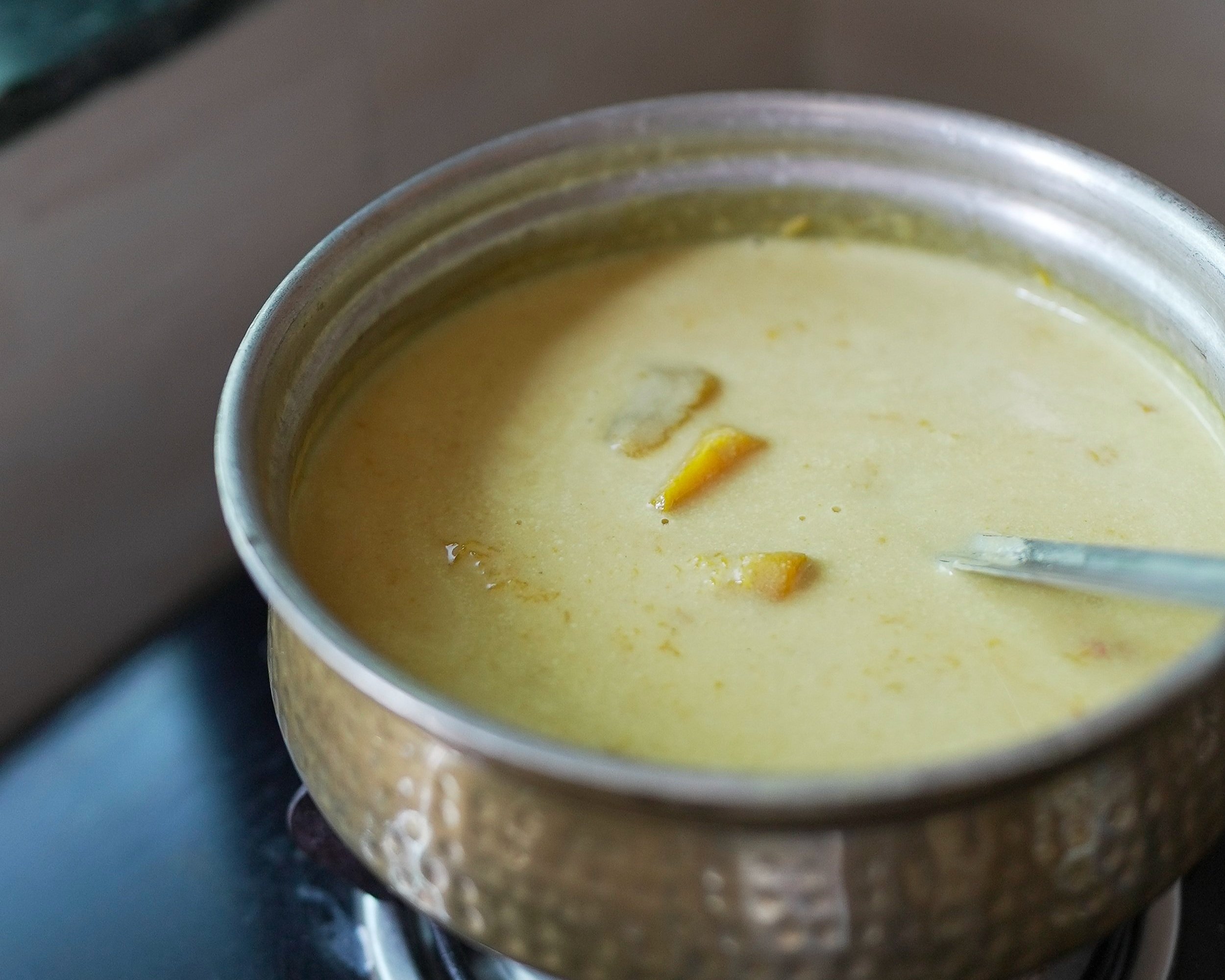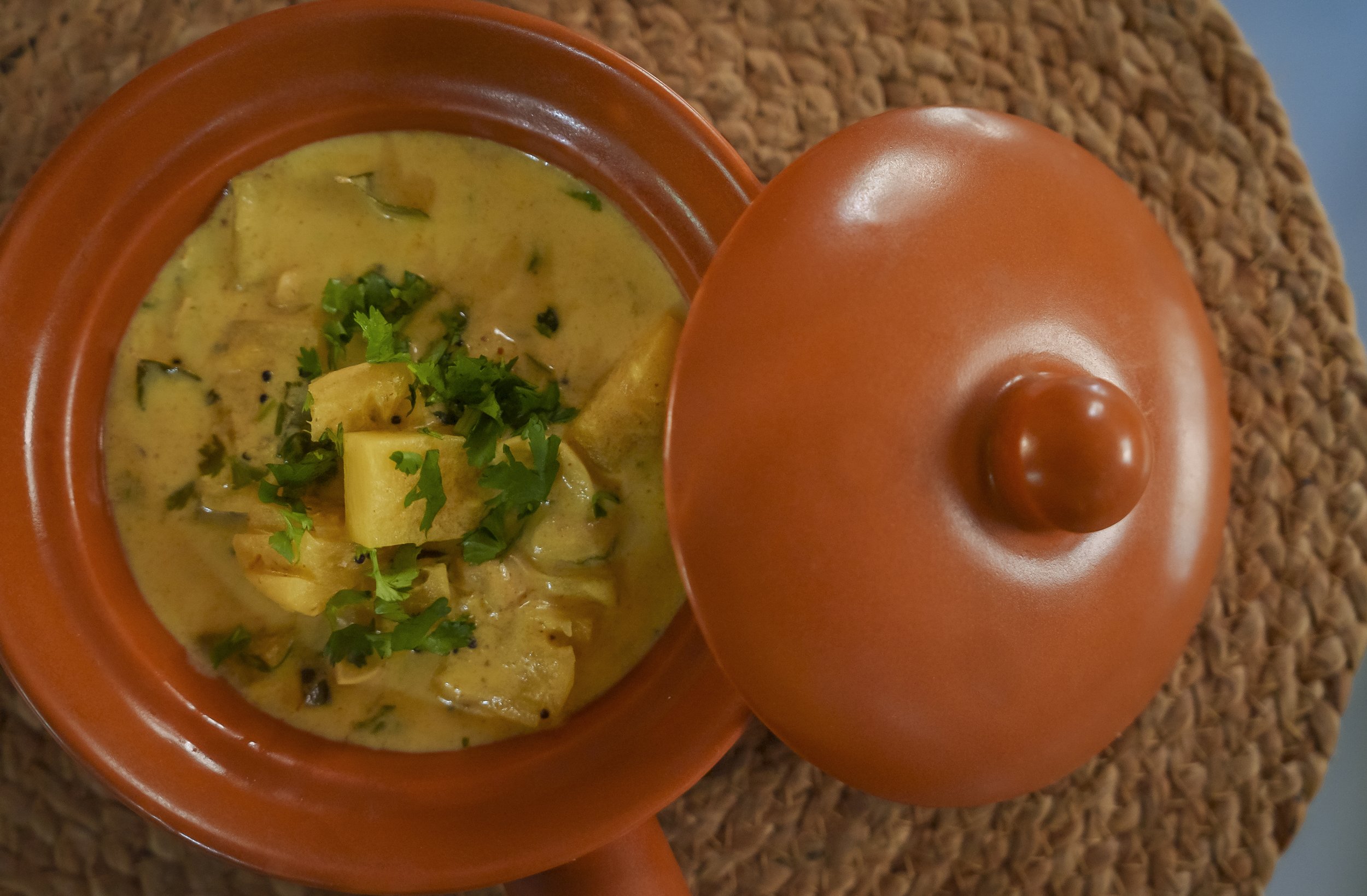How ‘Boot’ took Root in Northern India

Unlike potatoes, cassava, a starchy tuber, was a famine food that never gained pan-India acceptance. The except was the Malabar region, where kappa is now a staple. Here, Priti Saxena discusses how the tuber made its way to the North East and finally, to Northern India.
It was the year 1786. Robert Kyd, a Scottish officer in the East India Company and an amateur naturalist, moved by the famines ravaging Bengal and the Northern Circars, proposed the establishment of a botanical garden in Calcutta. Kyd suggested introducing cassava root as a potential famine crop, with other foreign food plants, such as sago and date palms — an initiative that did not attain immediate success.
More than a hundred years later, Visakham Thirunal Rama Varma, Travancore's then-ruler, integrated cassava into the regional diet through personal demonstrations on ways to prepare it.
Cassava came with the Portuguese when they landed in the Malabar during the 17th century.
In Kerala, cassava has become entrenched in local cuisine, into dishes like kappa biryani and kappa puttu.
Cassava came to the region with the Portuguese when they landed in the Malabar during the 17th century. The tuber's efficiency in carbohydrate production, tolerance for low soil fertility, and resistance to biotic stress made it suitable for Kerala’s agricultural system.
Cassava's role as a staple was solidified during World War II when rice imports were cut off. In the Travancore-Cochin area of Kerala, for example, the total supply of rice and wheat in 1950 for a population of 9.3 million was about 560,000 tons, whereas the supply of dried cassava was about 750,000 tons. During World War II, to compensate for the unavailability of maize and potato starch from Western countries, cassava was used for the production of dextrins, manioc meal, and glucose. Cassava, by now, had become entrenched in the local lingo as kapacheeni/maricheeni, and in the local food, where it transformed into recipes such as kappa biryani and kappa puttu.
However, controls over cassava exports by the then Travancore government led to its spread to Tamil Nadu, Andhra Pradesh, and Karnataka, where it continues to be inter-cropped with areca nut, coconut, and rubber. The increasing industrial demand for cassava further expanded its cultivation to regions like Maharashtra and Gujarat.
In India, cassava finds its way into a popular fasting food called sabudana, which is extracted from the starch of the tapioca root.
Cassava’s historical journey intersected with my own life when my mother prepared boot — the name by which cassava is known among the Kayasthas in her native region in northern UP. A few days later, I saw a sackful of these tubers outside a popular store in Munirka, Delhi, which stacks ingredients used in South Indian cuisine. The shopkeeper explained, “In Kerala, we call it kappa — the sabudana, or sago pearls, are made by processing this tuber.” Until then, I had assumed sabudana was an ancient vrat food, and the revelation made me reflect on how little we often know about the origins of what we eat, and the importance of understanding our food’s origins — how food moves, adapts and gets integrated into different cultures.
While cassava’s history in Kerala is well documented, its story gains complexity when I sought its presence in other parts of the subcontinent namely in the historical region of Katehar 2, corresponding to the present-day districts of Moradabad, Budaun, Shahjahanpur, and Rampur in Uttar Pradesh — their position is in between the more humid region of Terai region along the foothills of the Himalayas and bordering Rohilkhand to the more arid region of Shahjahanpur on the west with bhur soil.
While tracing the roots of cassava in my family’s diet, my research led me to its early introduction in Southeast Asia during the 17th century. Historian Peter Boomgaard `In the Shadow of Rice: Roots and Tubers in Indonesian History, 1500-1950, highlights its introduction to Southeast Asia by Portuguese and Spanish traders in the 16th century. Like many agricultural commodities that traversed vast cultural and ecological boundaries, cassava was first recorded in Southeast Asia in 1781 under the name ubi kayu, or "wooden root" — a label that reflected its unpalatable nature. Boomgaard notes that its eventual acceptance was shaped by its usefulness during food shortages and its role as a cash crop. He argues that cassava’s adaptability to the less fertile soils of Java and Sumatra was key to its westward spread.
Cassava’s journey through Asia shows how cultural and ecological factors shaped its local uses. The root penetrated the Malaysian peninsula, where cultural factors and ecological necessity transformed it. One notable outcome was tapai, a mild alcoholic fermented product made from cassava. A similar fermented drink is seen among the Lepcha community in Sikkim, where cassava gradually supplanted black millet in ceremonial contexts. The Lepchas found it more economical to use Cassava with rice paste and local herbs to produce tungbluk chi, a mild alcoholic drink integral to rituals like marriages and childbirth. In the Shifting cultivation practices of Assam and Meghalaya, it became a subsistence crop among indigenous communities for sustenance and survival. These instances show diverse reasons for its adoption — ceremonial for Lepchas and economic for tribes practising shifting agriculture — but underlying all is its resilience as a food crop.
This wider picture raises the question: Was boot, the regional name for cassava in Katehar, adopted because it is a hardy crop?
The presence of cassava in the Katehar region cannot be explained by food scarcity alone and can only be linked to migration.
The ‘rooting’ of cassava in this region is hazy, based primarily on oral evidence. In a conversation with my mother, she recounted eating cassava during the 1940s; showing it had already been a staple dish in the family for the past few decades. This places its arrival in the region at least several decades earlier, possibly in the mid-19th century or early 20th century. The Kayasthas are known for their culinary adaptability and might have played a role in incorporating cassava into their diet.
The presence of cassava in Katehar — a fertile alluvial tract and an agricultural intensive region — cannot be explained by food scarcity alone. Its presence could only be linked to migration, which increased under colonial rule as the political and economic unification facilitated by the laying of railways had also upset the traditional political economy. Family anecdotes, though interesting, cannot fully explain either the presence or the acceptance of cassava.
As a Kayastha from Western UP, I find a huge difference in cooking style from my husband's family, who are also from the same community, in Southern Bihar. They have never eaten cassava except when transformed into sago pearls.
While my research has yet to provide definitive answers, I agree with John Paul Russo, who, in describing a version of eggplant made by his Sicilian grandmother, notes that certain recipes, while regional, often remain intensely local, sometimes confined to a single community or even a single family. One can say the same for cassava. Its presence in my mother’s household and the region makes the boot a hyper-local speciality. My search may not yield definitive answers, but it connects my community’s love for cassava with the rich traditions of Malabar and northeastern India.
RECIPE FOR PEETHEWALE BOOT
Ingredients
300 g boot or cassava tubers
6-7 cloves of garlic
1 and ½ teaspoon of garlic paste
2 medium-sized onions
2 small green chillies(optional)
1 tbsp rice paste
2 tbsp mustard oil for frying
½ tsp turmeric
½ tsp red chillies powder
Salt as per taste
Method
Make a paste of onion with some green chilies and 7 garlic cloves.
Cut boot or cassava into big chunks and put them in a cooker with a glass of water.
After 2 whistles, open the cooker and peel the boot. Keep aside.
In a kadai, add the mustard oil. When it smokes, add the paste of onion and garlic.
Fry till the oil separates, and the masala is cooked.
Now add the boiled pieces of the boot and add the dry masalas.
After the flavour of masalas has seeped into the pieces and they are coated well, season with salt and let them cook for some time.
After 5-7 minutes, add the rice paste. Mix it gently to coat all the pieces well.
Roast the sabzi on a slow flame for around 10 minutes while turning it around to avoid burning. The rice paste is called pitha. It gives a crunchy texture to the vegetable.
The peethewale boot is ready and best eaten as a side dish with dal and rice.
Priti Saxena did MPhil in History from Jawaharlal Nehru University. Her food stories reflect historical contexts, societal shifts, and cultural underpinnings.
ALSO ON GOYA













